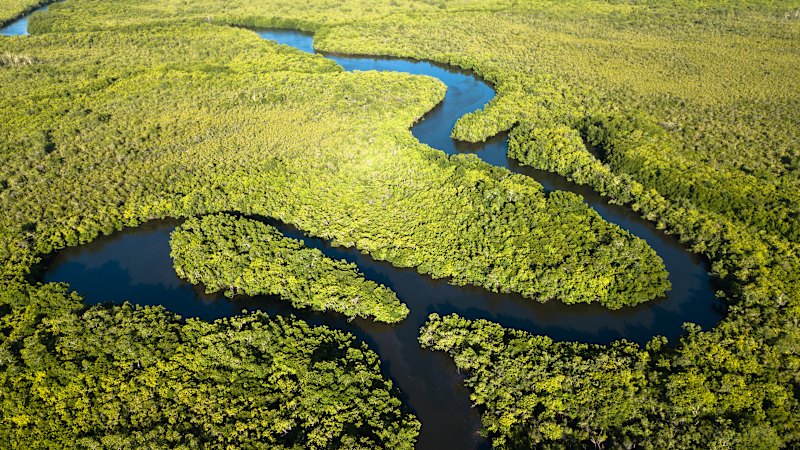A huntsman spider, as big as any I’ve seen, casts a shadow across my bathroom in Far North Queensland’s Heritage Lodge. It’s clinging to a wall above the shower I’ve just stepped out of. I pray that it will stay there, but what if it doesn’t? What if it makes a dash for the gap beneath the door to my bedroom during the night? What if it tickles my ears while I’m asleep?
I’m being unnecessary paranoid, I know. It’s just a huntsman, after all. But I also know that dangers lurk in the Daintree Rainforest.
“This is the most ancient rainforest in the world,” says Angie Hewett, my tour host. “It’s also the most toxic – the kind of landscape you want to look at but not touch.”
Angie, and husband Neil, have hosted Daintree Rainforest tours on their 67-hectare Cooper Creek Wilderness property for 27 years. As we follow her through their backyard wilderness, she points out plants to avoid rubbing up against. There are wait-a-whiles, a climbing palm with sharp hooks that tear into bare skin, and stinging trees laced with poisons that can irritate for months. But despite the prickly, annoying hindrances, it’s cassowaries that we’re primarily here to see. Specifically, southern cassowaries. “They’re what we call ‘keystone vectors’. They’re vital for the health of the rainforest,” says Angie.
